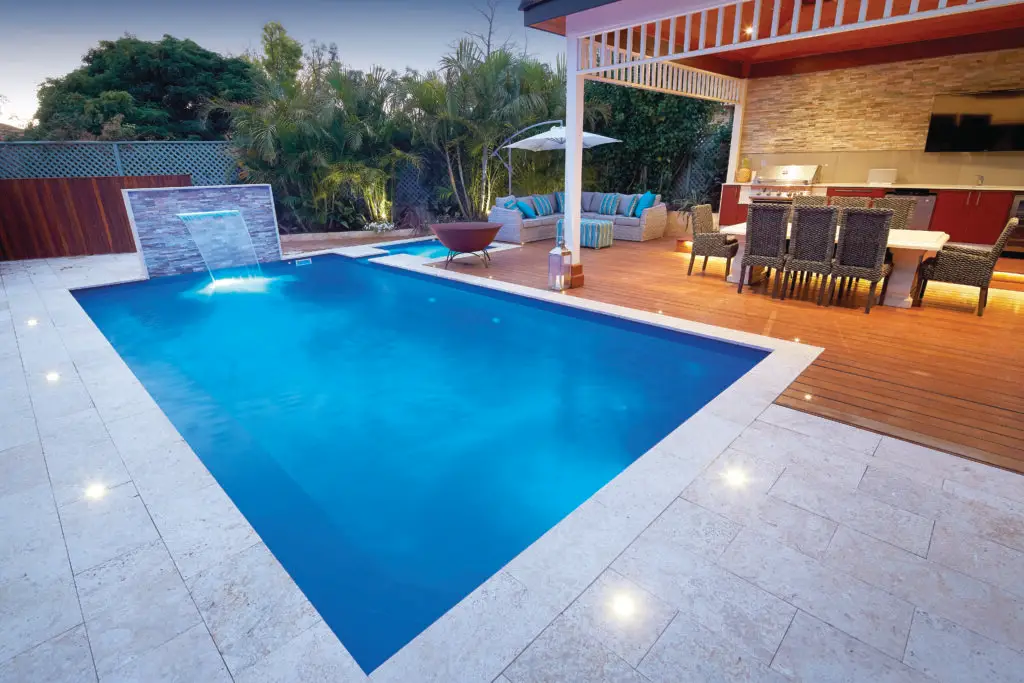Do you need a fiberglass pool permit in Maryland?
What is the Permit Process for Fiberglass Pools in Maryland?
Installing a fiberglass pool for your Maryland home is an exciting venture, but it’s essential to understand the permit requirements to ensure a smooth process. Whether you’re located in Rockville, Baltimore, Annapolis, or anywhere else in Maryland, obtaining the necessary permits is a critical step in building your dream backyard oasis. As a trusted fiberglass pool contractor in Maryland, we’re here to guide you through every step of the permit process, ensuring compliance with local laws and regulations.
How do you get a building permit for an inground fiberglass pool in Maryland?
Building permits, including fiberglass pools, are mandatory for in-ground pool installations in Maryland. These permits ensure that your pool construction meets safety, zoning, and environmental standards set by state and local authorities. Failing to secure the appropriate permits can result in fines, delays, and potential removal of unauthorized structures.

What Permits Are Needed to Build a Fiberglass Pool in Maryland?
When planning your fiberglass pool installation, you must get several types of permits. While requirements may vary by county, here are the most common permits needed across Maryland:
-
Building Permit
- What It Covers: A building permit is required to construct any permanent structure, including in-ground fiberglass pools. This permit ensures the pool meets structural and safety codes.
- Who Issues It: Your local county or city building department typically issues the building permit. For example, residents in Montgomery County should work with a contractor who will contact the Montgomery County Department of Permitting Services, while Upper Marlboro residents will work with the Prince George’s County Permitting, Enforcement, and Inspections Department to obtain their permits.
- How to Obtain It:
- Submit your pool design plans, which should include the pool’s dimensions, depth, placement, setbacks, and proximity to other structures like a drain field.
- As Maryland law requires, ensure your plans include safety features like fencing, gates, and locking mechanisms.
- Pay the necessary application fees, which vary by county and pool size.
- An example of the process for Montgomery County is found here.
-
Zoning Permit
- What It Covers: A zoning permit ensures that the pool’s location adheres to local zoning laws, such as setback distances from property lines, easements, and public utilities.
- Who Issues It: Your local zoning office, which is usually part of your county’s planning department, issues the zoning permit.
- Key Requirements:
- Your pool must be placed at least 5 feet or further from property lines, as required by many Maryland counties.
- Pools cannot encroach on easements or utility lines.
- Ensure the pool placement complies with local setback regulations, especially in densely populated areas like Silver Spring or Columbia.
-
Electrical Permit
- What It Covers: Since pools always require electrical installations for pumps, lighting, and heating, contractors must obtain an electrical permit to ensure the work meets Maryland’s safety codes.
- Who Issues It: Your county’s electrical inspection department or building department.
- How to Obtain It:
- Hire a licensed electrician to apply for the electrical permit, complete all electrical work to code, and ensure it undergoes a final inspection.
-
Environmental or Stormwater Management Permit
- What It Covers: In some cases, a stormwater management permit is required to ensure that construction does not negatively affect local waterways or drainage systems.
- Who Issues It: Your county’s Department of the Environment or Planning Department.
- Additional Considerations:
- This permit is more common in counties like Anne Arundel and Prince George’s, where stricter stormwater management laws exist.
- You may need to submit an erosion and sediment control plan to minimize the environmental impact during construction.
How Long Does It Take to Get Pool Permits in Maryland?
Concrete Pools
The timeline for obtaining permits can vary based on your location and the complexity of your pool design. Here’s a general overview of the permit process timeline:
- Initial Application Review: 2-3 weeks
- Zoning and Site Plan Approval: 2-4 weeks
- Building Permit Issuance: 1-2 weeks after zoning approval
- Electrical and Environmental Permits: 1-2 weeks, concurrent with building permits
Overall, obtaining all necessary permits can take 4 to 8 weeks, assuming no delays or revisions exist. Often, however, it takes several months because of restrictions on the client’s backyard, such as “lot coverage,” easements, drain fields, and other building restrictions.
Fiberglass Pools
Fiberglass pools generally receive permits more easily than concrete pools because they are pre-engineered and have standardized designs. This simplifies the permitting process and often requires less detailed plans compared to a custom-built concrete pool. For instance, concrete pools need an engineer’s approval on the pool design, which can add thousands of dollars to the project cost. In contrast, fiberglass pools come with this engineering approval built into the design. As a result, concrete pool projects can face delays, making inground fiberglass pool installations a quicker option.




